So far, most of the pedal car construction has been pretty routine. Creating the kingpins was different, since I've never done anything with iron pipe before, but not too difficult. Now, it is time to give this thing a driveline and that's going to be the most difficult part of the whole project.
As I mentioned in my last post, I've mined another person's blog for ideas and have adopted their approach to the driveline and abandoned the plans. The driveline will use the sprocket from the donor bike, along with a home made pedal crank. I'll also make wooden pedals to go on the crank and save my grandkids feet, but that'll be on another day. I'll also use the chains from the donor bikes and meld them into one appropriate length chain. I'll do that after I find the chain splitter that I bought and now can't find. The sprocket will be attached to a pipe floor flange with a bronze insert acting as a bushing. I'll thread the end of the crank so that it can accept nuts that I will use to sandwich the sprocket/flange onto the crank. Hopefully it will turn with the crank as it is pedalled and not just spin without turning the back wheels. Here are the sprocket, flange and nuts/bolts:
You can see how I figured out the center of the sprocket and how I centered the floor flange. The fender washer is marked, so that I can grind it to match the hexagonal opening of the sprocket. It probably isn't necessary, but I'm going to do it anyway. Originally, I was going to use the 3/8" floor flange. Then I realized that my 1/2" crank wouldn't fit, so I remarked and drilled the sprocket for a 1/2" floor flange.
I then bent a 1/2" thick steel rod to make the crank into the shape necessary for a pedal car. I have a 2" end piece, followed by 4"x4" U shaped areas for each of the actual pedals, followed by about 8" for attaching the sprocket. After bending the rod into the crank shape, I needed to make threads for the nuts that will hold the sprocket onto the crank. I put the crank into the vise and sanded a small bevel into the top of the crank rod. Using the thread cutting die for a couple of passes, the die increased the bevelled edge. It looked like this:
That shows how the die actually works. As it cuts into the metal, it first shaves away excess metal, then it cuts the actual threads into the rod. After several complete rotations of the die, it looks like this:
There you can see the rough shape of the crank, as it sits in the vise and you can see the die on the end of the crank. Because I'm cutting coarse threads into the rod instead of fine threads, the die is having to take a lot of metal off of the rod. Because of that, the metal flakes that are coming off are really large. That is causing me to have to stop and clean the rod and die after each 1/8th turn of the die. That makes for very slow going. In the next pic, you can see I've made it to the depth of the die. It looked like this with the die on the rod:
And this with the die off:
As you can see, at the bottom of the threads are those metal shavings from the cutting process. They really are quite large compared to when I was cutting fine threads earlier in the project. I like to do a test fit at this point, to make sure everything will fit properly. It looked like this:
Not too shabby...now only another 2-3 inches of threads to cut. Piece of cake. The way that I learned to do it was to turn the die handle about a 1/4 turn (or less) then back it off and cut off the metal shavings. Then rotate forward again, repeating the process. Along the way, you should apply a small amount of oil to lubricate the die and aid in the cutting process. Sometimes it looks like a lot of oil, but it really is only a drop or two each time. I rotate the die all the way down on the new threads, apply a drop of oil just above the die, then rotate the die back up through the oil, then back down for the next cut. Applying the oil looks like this:
In addition to lubricating the die, it flushes out the shavings that are stuck in the die. In this pic, you can see the set screw that holds the die in the handle. As luck would have it, I stripped the threads that hold the set screw in place and had to stop for the day. Here is how far that I got:
All in all, it is starting to look pretty good. I'm going to test fit it onto the car and see how much further I need to go with the threads. But, until I get a new handle, I'm kinda stuck. That's all for now.
UPDATE:
I had some time this morning, so I cut the bronze bushing flush with the pipe floor flange and did a test fit on the pedal crank. It looked like this:
Unfortunately, you can see in this pic that the crank is not true. I was a little off when I bent it. I'm going to try to straighten it out, but you can see how it will fit within the car body, approximately where I'm going to attach the sprocket and how much more threads I'll have to cut. If I can't straighten it, then it's scrap and I get to start over....
After the test fit of the crank, I installed the dashboard and the steering column. It looked like this:
And with the steering wheel attached:
Before installing the crank, I had taken a rough measurement of where to put it, based on my grandson sitting in the car. However, once it was installed and he was working the crank, it was clear that the whole crank assembly should be moved forward. That will give his knees more clearance. So, in the interim, I'll make that change. I still need to buy a new handle for my dies, too. We did do a test of the steering in the driveway, with my grand kids steering and me pushing. The steering is slow to respond, but when it does, it rockets off in that direction. It will definitely take some practice on their part to make it a smooth ride. But that is some time down the road....

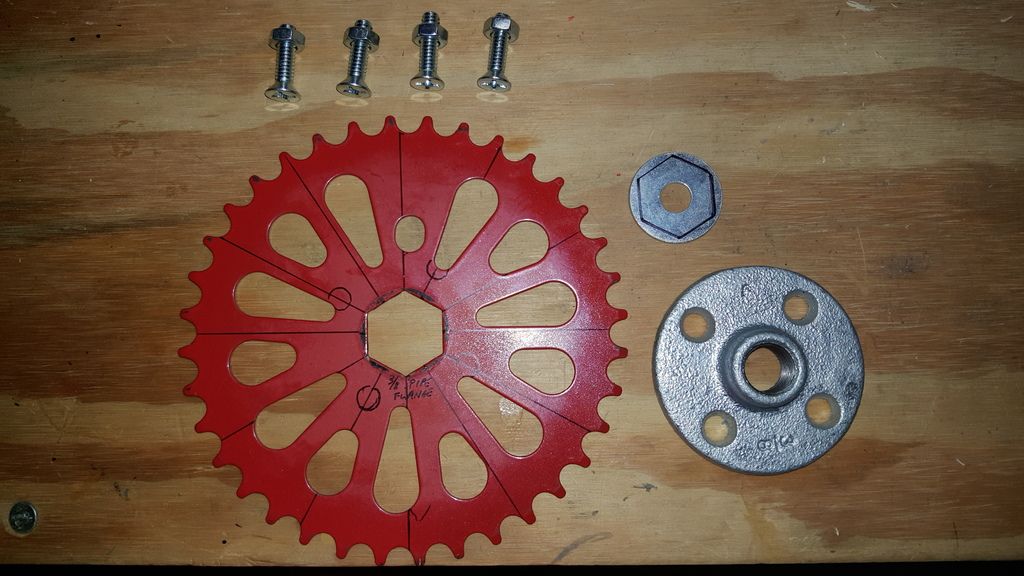


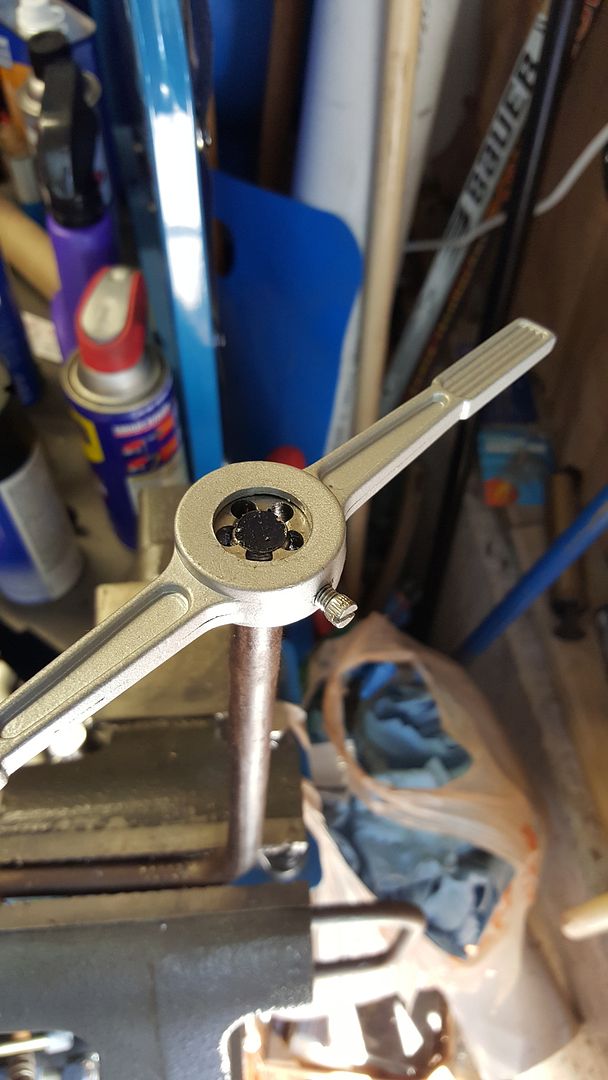
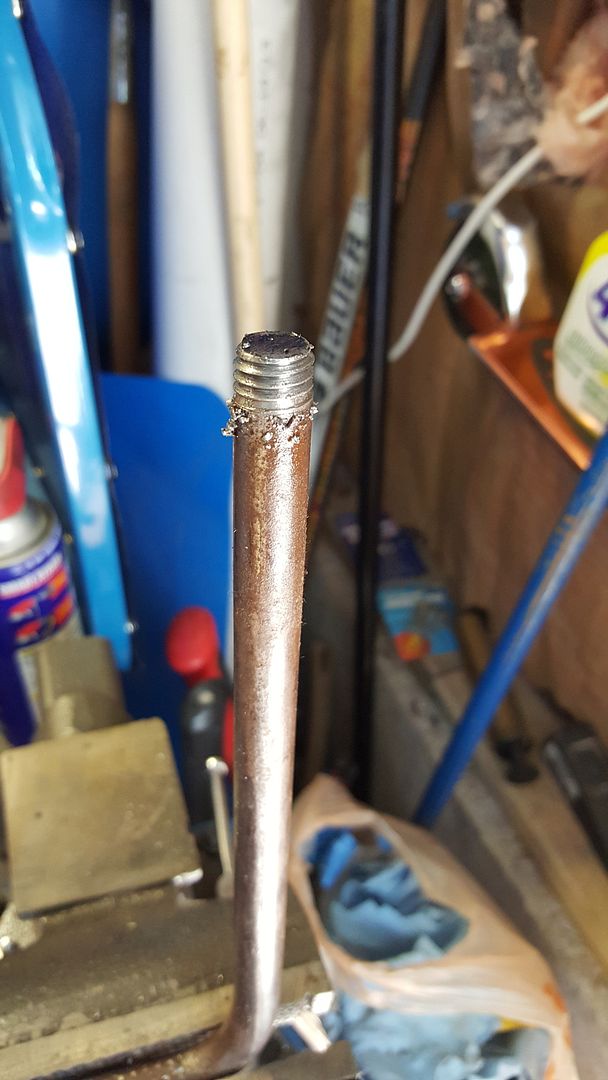
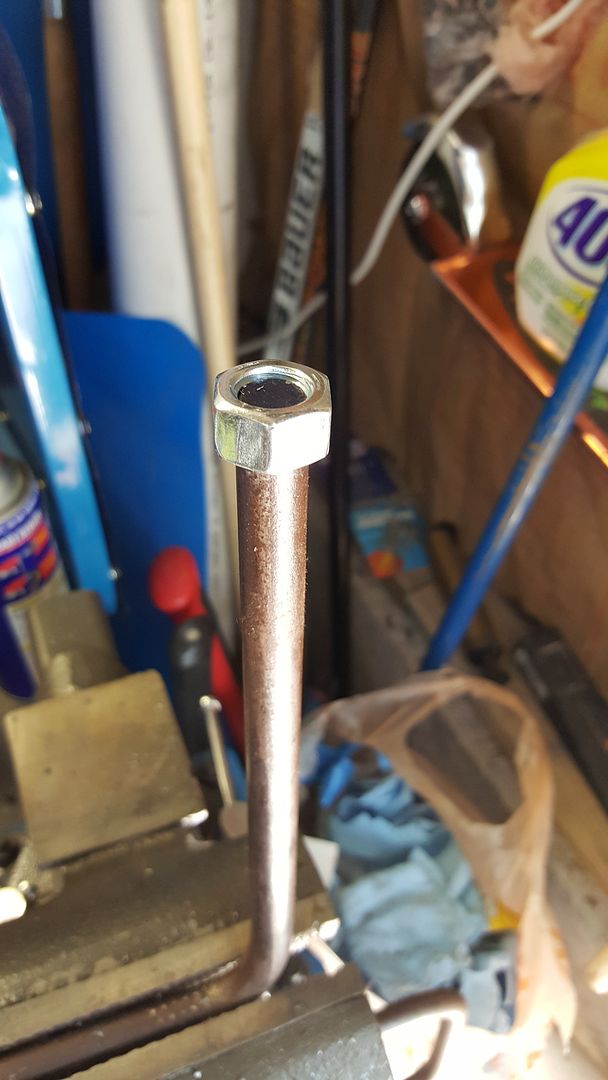
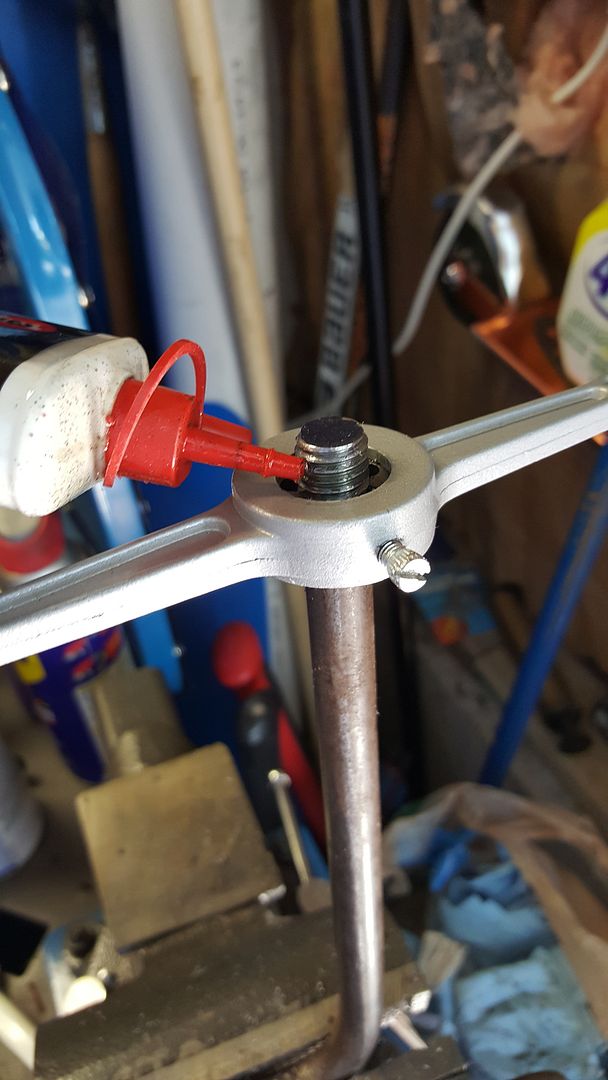
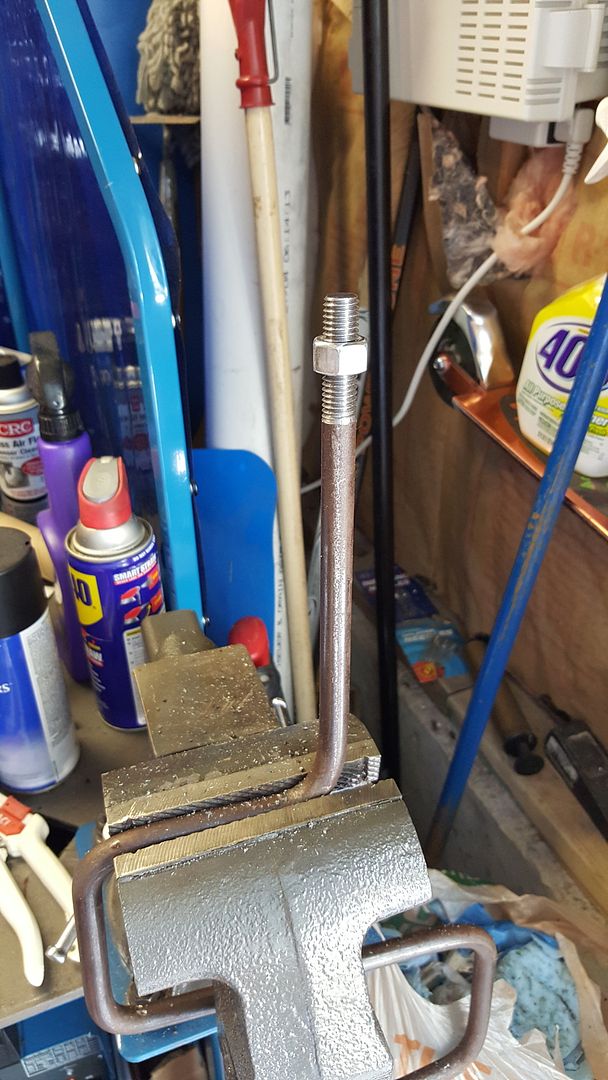
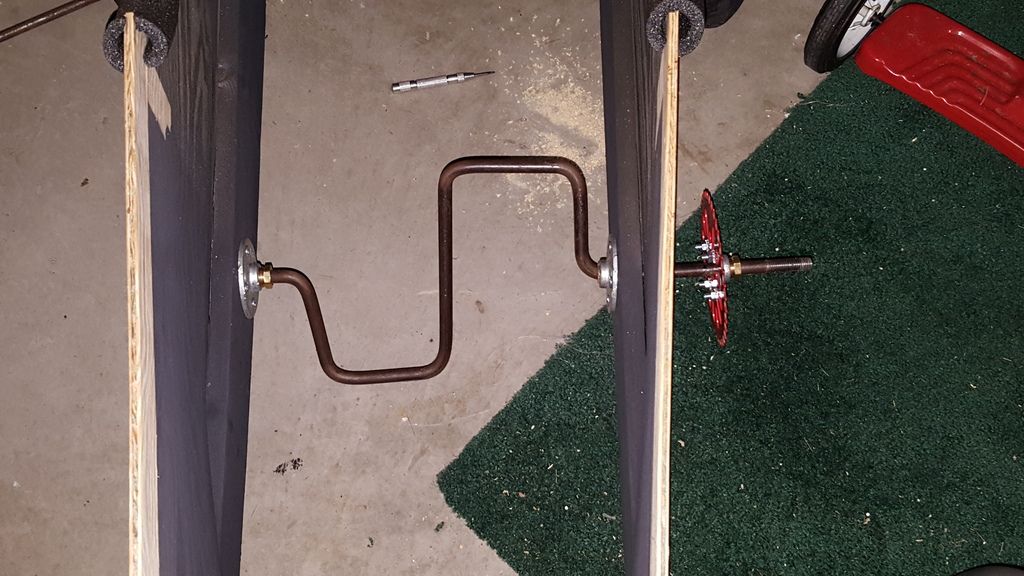
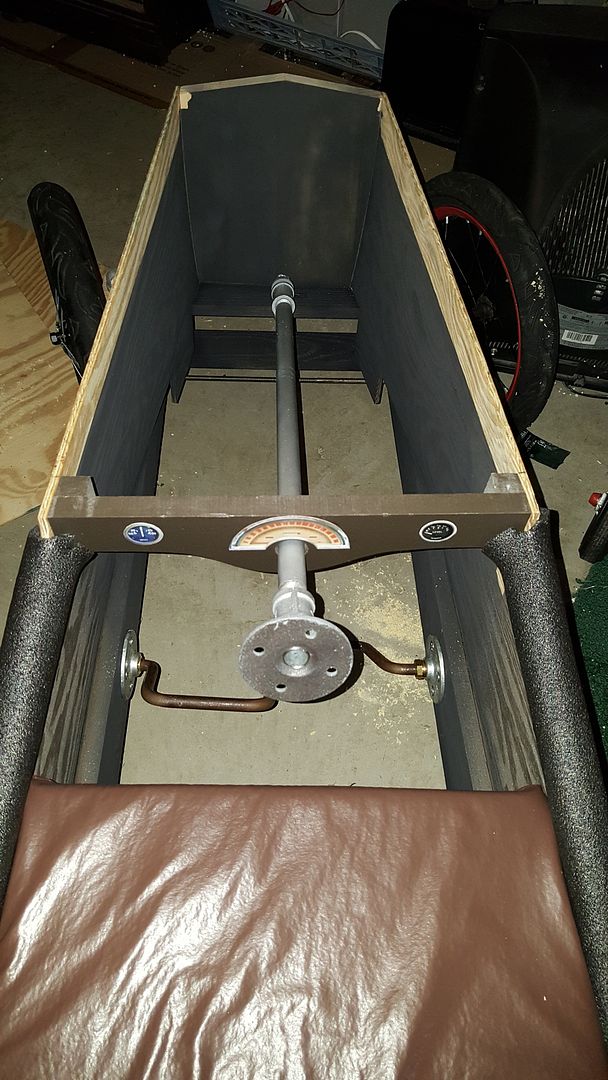

No comments:
Post a Comment
Let me know what you think. Comments, suggestions, tips or questions. I'll try to post a response as quickly as possible.